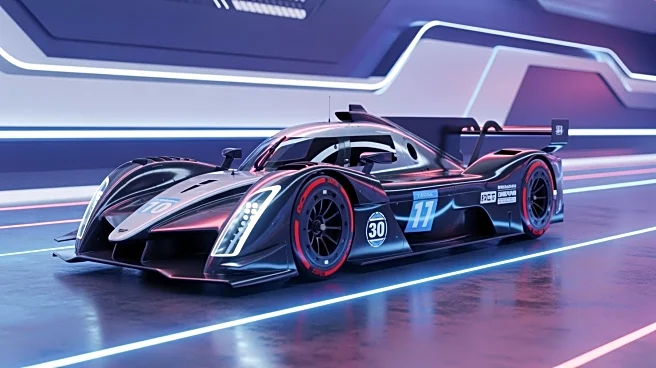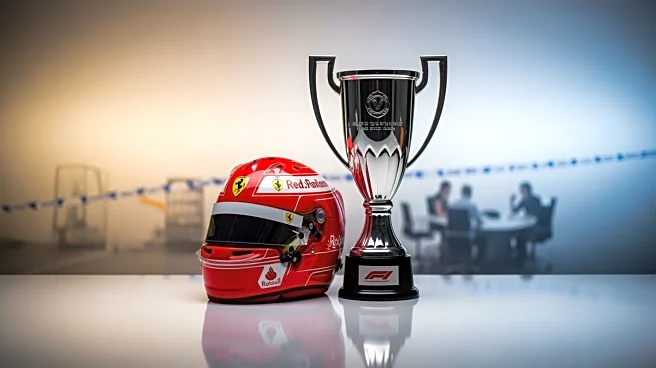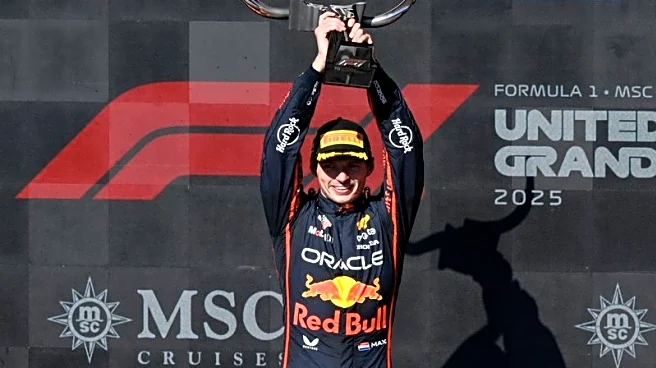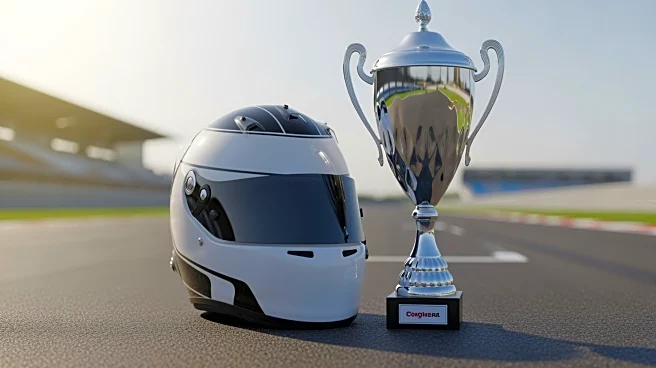What's Happening?
Red Bull Racing has experienced a resurgence in form, largely attributed to a new engineering approach that has revitalized Max Verstappen's pursuit of the Formula 1 title. Helmut Marko, Red Bull's motorsport
advisor, revealed that the team has adopted a strategy that involves closer collaboration with drivers, particularly focusing on their preferences for car setup. This change has helped Verstappen regain his competitive edge, allowing him to close the gap in the championship standings. After a challenging mid-season, Verstappen has won three of the last four races and consistently finished in the top two since the summer break, reducing his deficit to leader Oscar Piastri from 104 points to 40 points. The upcoming Mexico City Grand Prix presents another opportunity for Verstappen to further his title ambitions.
Why It's Important?
The shift in Red Bull's engineering strategy is significant as it demonstrates the impact of driver-centric development in motorsport. By aligning the car's setup with Verstappen's preferences, Red Bull has not only improved its performance but also enhanced the driver's confidence and motivation. This approach could influence other teams to reconsider their engineering processes, potentially leading to a more competitive and dynamic Formula 1 landscape. For Red Bull, this resurgence is crucial in maintaining its status as a leading team in the sport, especially after a period of struggle against McLaren's dominance. The outcome of this strategy could have long-term implications for team dynamics and driver satisfaction across the industry.
What's Next?
As the Formula 1 season progresses, Red Bull and Verstappen will continue to focus on maintaining their momentum. The Mexico City Grand Prix is a critical event where Verstappen can further close the gap in the championship standings. The team's ability to sustain this performance will be tested in the remaining races, with strategic decisions and engineering adjustments playing a pivotal role. Stakeholders, including team management and sponsors, will closely monitor the results, as they could influence future investments and partnerships. Additionally, other teams may observe Red Bull's approach and consider similar strategies to enhance their competitiveness.
Beyond the Headlines
Red Bull's engineering shift highlights the importance of adaptability and innovation in Formula 1. The team's willingness to change its approach mid-season reflects a broader trend in sports where flexibility and responsiveness can lead to success. This development also underscores the evolving role of drivers in technical decision-making, potentially leading to a more collaborative environment within teams. As the sport continues to evolve, such changes could redefine traditional roles and responsibilities, fostering a culture of innovation and continuous improvement.












